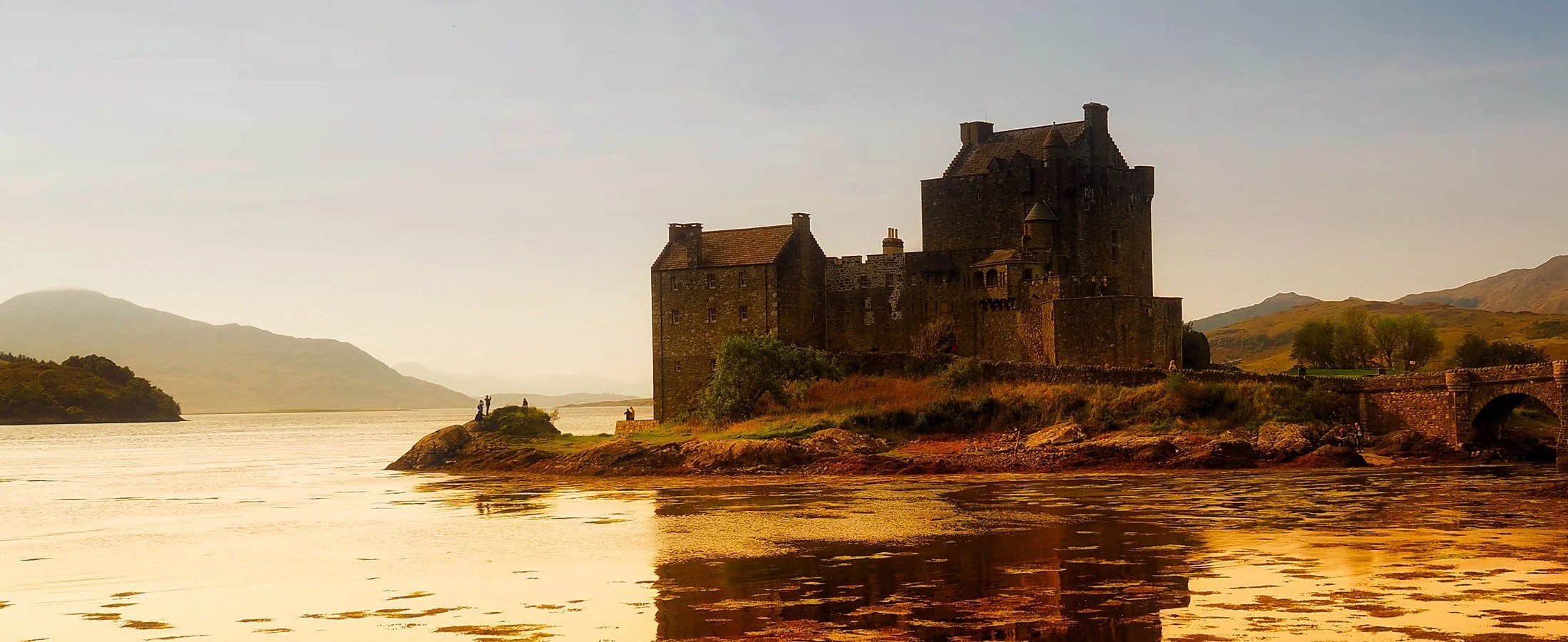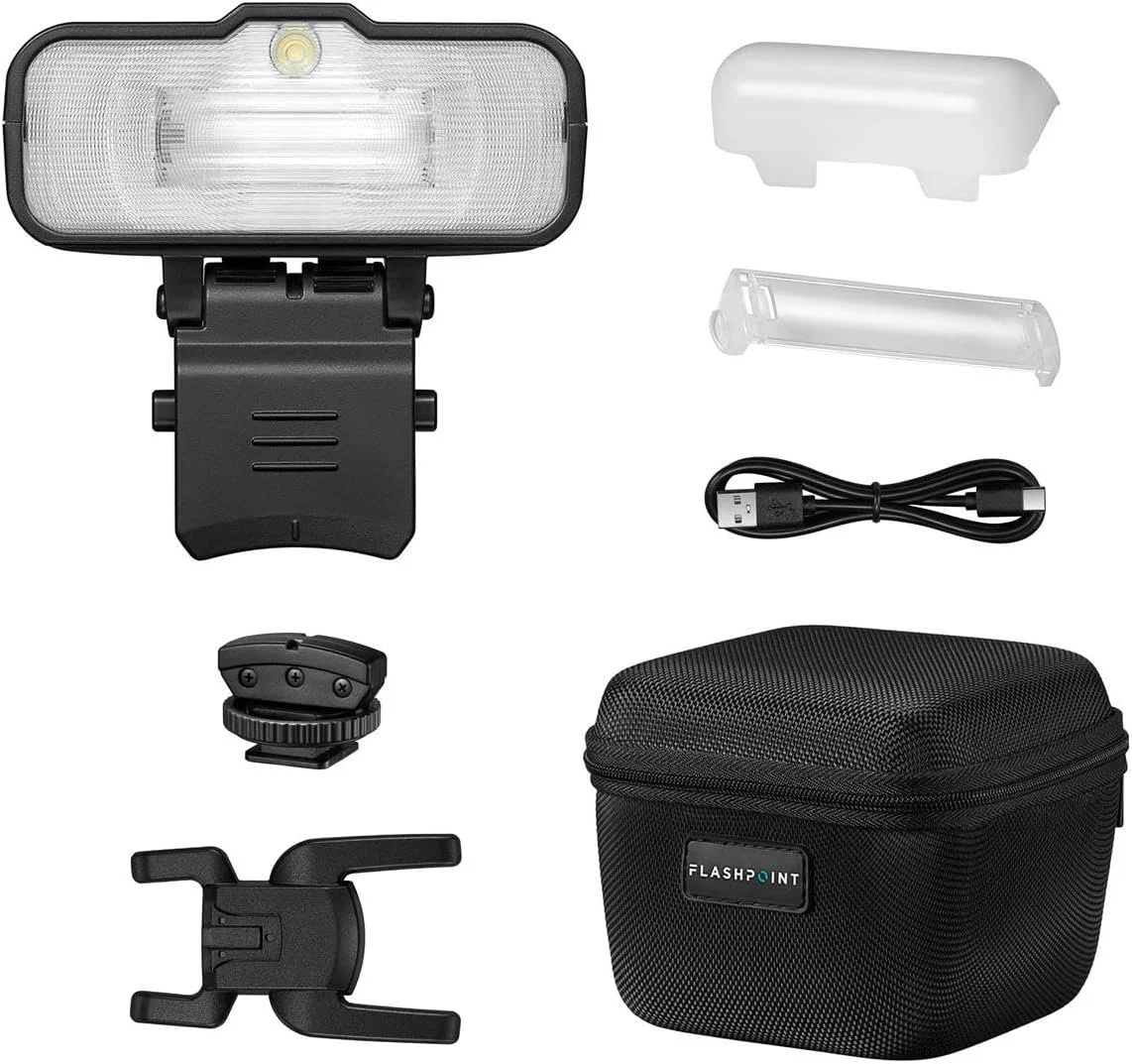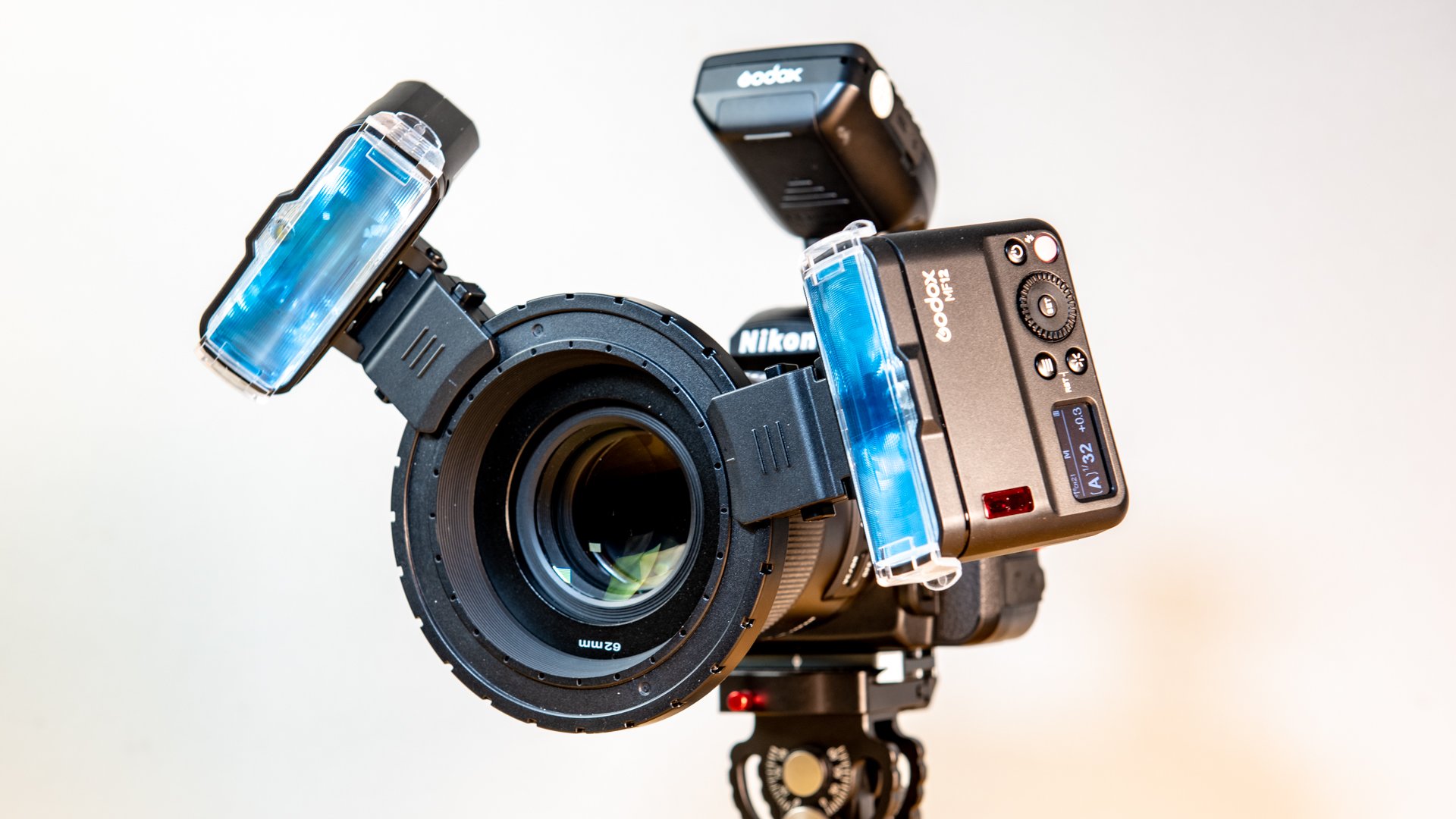Flash is Dead - Long Live Flash
/Greetings!
Heather in the highlands of Scotland - courtesy of Pixbay
This will be my last blog post for a couple of weeks - I am headed back to the Motherland for a few days of R&R and to celebrate the birthday of my older brother (who will be officially ancient following this birthday). I have decided not to to to attempt transatlantic live-streaming as I will only be away for a few days and could use a short break. I will be back on the 3rd of August and plan to have everything running as usual by that first week of August.
A castle in the highlands - courtesy of Pixbay
There will only be one livestream before I leave, and I want to make the most of it, so I will be talking about the role of flash in modern studio macro photography.
A lot has changed since the last time I talked about flash and I think it is worth taking an hour to examine the relevance of flash in the era of mirrorless cameras and high-quality LED lighting. I will start out by talking about what has not changed all that much - how flash is used in field macro. I will recap my thoughts on the various flash techniques and my recommendations for field equipment. After that I will focus on studio-based extreme macro and will summarize the relevant changes in how we do this kind of photography in 2025. I will talk about how the advent of the era of mirrorless cameras has called into question the supremacy of flash as a gold standard in studio work. We will look at advances in LED technology and how the availability of cheap but high-quality lighting has impacted the use of flash. Then we will talk about my workflow and I will lay out my “best practices” for using flash. I will talk about the common problems encountered when using flash in the extreme macro setting and discuss how they can be avoided. To join the livestream at 8pm on Tuesday, use this link… https://youtube.com/live/uWWTUj-bWNQ?feature=share
Flash is not dead, but it’s role in extreme macro photography has become less dominant in recent years, and may continue to do as lighting options increase, prices drop, and the last of the DSLRs fade from the picture.
A single Flashpoint MF12
I am confident in recommending the Flashpoint MF12 (Godox MF12 is also recommended with the caveat that is must be purchased from a vendor with a proven track record of honoring the warranty of a Godox product as Godox has a track record of not doing so). Here is a link to the Flashpoint MF12 - https://amzn.to/46Zz5NM. This flash , when used as I describe in the livestream, has performed more consistently over large stacks than any other speed light that I have tested, including the TT150 and all of Godox’s larger speedlights. The trick to avoiding dropped frames due to slow recycle time is to use increased numbers of flash units at decreased power levels. It also helps to charge between stacks, use a relatively long cycle time (5 seconds), and turn off the modeling lights. I have consistently stacked 6-800 images without a single dropped frame, a virtual impossibility with any of my other flashes. If a speed light ever hits the market with the capability of continuous use while connected to external power, I may consider moving to larger speedlights and fewer of them, but until then I will continue to use and recommend the amazing little MF12.
A word on the TT150 - and the v150 if it is still being made - this is a terrible flash for studio macro, and probably not particularly good for anything else. It has the worst battery life of any speedlight I have ever used, consistently failing to shoot a full stack, even a modest one, without dropping frames. I don’t know if it is a fault in the power management circuitry, or if the tube overheats, or there is a problem with the triggering, but I avoid the use of these units entirely. There are a lot of flash devices on the market, and I have not tested more than a dozen of them, so there may be some very solid and dependable offerings that I am not familiar with. But of those that I do know, the MF12 remains the most reliable, least expensive, and easiest to learn speed light for studio macro.
The Nikon R1C1 basic kit
However, the MF12 is not my favorite option for use in the field. That honor goes to the amazing Nikon R1C1. A very expensive setup that may be unattainable for many, this system has the best TTL exposure software in the business. I was shocked at how well the R1C1 performed under all lighting conditions and by the consistent accuracy of the automatic power setting. But there are a few things that are irritating - like the use of an expensive and hard to locate battery, the non-intuitive controls, and the over engineered diffusers. But I would gladly deal with all of these issues if ever I become an R1C1 owner (unlikely given the sticker price of $850 - or close to it, for two SB-R200’s, and over $1,000 with two extra flash units). Here is a link, should you be interested - https://amzn.to/4eWziDq
I have been working in the field with a single standard speed light and the AK Diffuser. It is a very different approach to lighting than I am used to. A single bright “global” light does not offer the same degree of versatility as a multi-flash system and results in images that are a little flatter and less nuanced than those captured with the R1Ci, or the Godox MF12s, for that matter. But I am not through with my testing and think that the single light may have use cases where it shines (pun intended).
Godox mf-12 setup for field work
I am going to leave it that for today - I have still got plenty to do before I will be ready to head across the big pond in a day or two. Hope you can make it tomorrow, but if not I will see you in a couple of weeks!
A highland coo licks his nostril - courtesy of Gabriela Palai
















